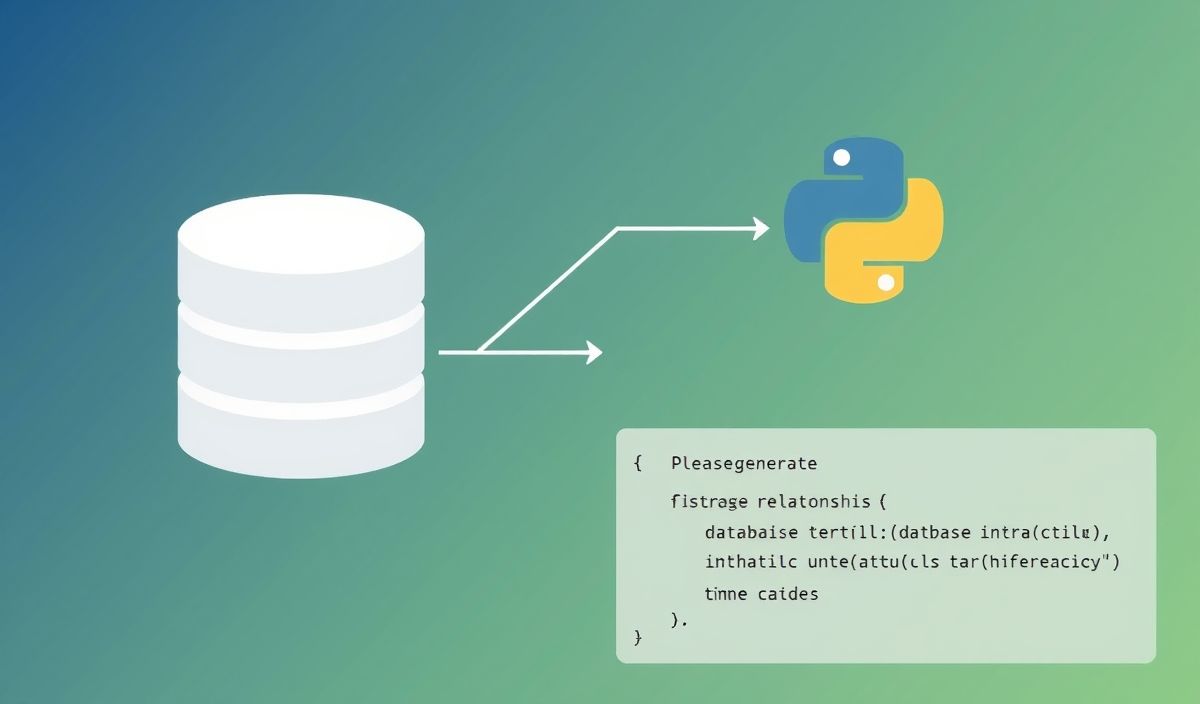Welcome to the Ultimate Guide to Dimlogger
Dimlogger is a powerful and versatile tool designed for comprehensive data logging and analysis. Below, we introduce dozens of its useful APIs with code snippets and provide an app example that leverages these APIs to showcase Dimlogger’s full potential.
Getting Started with Dimlogger
To begin using Dimlogger, you need to install the library:
pip install dimlogger
Basic Logging
Start by creating a simple log entry:
import dimlogger
logger = dimlogger.getLogger('simple')
logger.log('This is a basic log entry')
Levels of Logging
Use different logging levels for varied granularity:
logger.info('This is an info message')
logger.warning('This is a warning message')
logger.error('This is an error message')
Structured Logging
Log structured data for better analysis:
logger.log({
'event': 'user_login',
'user': 'johndoe',
'timestamp': '2023-10-01T12:34:56'
})
Custom Handlers
Create custom handlers for logging:
class CustomHandler(dimlogger.Handler):
def emit(self, record):
print(f'Custom log: {record}')
custom_handler = CustomHandler()
logger.addHandler(custom_handler)
logger.log('This will go to the custom handler')
File Logging
Log entries to a file:
file_handler = dimlogger.FileHandler('logfile.log')
logger.addHandler(file_handler)
logger.log('This will be logged in logfile.log')
Rotating File Logging
Use rotating file handler for large logs:
rotating_handler = dimlogger.RotatingFileHandler('rotating_log.log', maxBytes=1000, backupCount=3)
logger.addHandler(rotating_handler)
for i in range(1000):
logger.log(f'Log entry {i}')
Network Logging
Send log entries over the network:
network_handler = dimlogger.SocketHandler('localhost', 9999)
logger.addHandler(network_handler)
logger.log('This will be sent to a network socket')
Creating a Logging App
Putting it all together, here is an example of a logging app:
import dimlogger
import socketserver
class LogHandler(socketserver.BaseRequestHandler):
def handle(self):
data = self.request.recv(1024).strip()
print(f'Received log: {data}')
if __name__ == '__main__':
# Create a logger
app_logger = dimlogger.getLogger('app')
# Adding handlers
file_handler = dimlogger.FileHandler('app_log.log')
app_logger.addHandler(file_handler)
network_handler = dimlogger.SocketHandler('localhost', 9999)
app_logger.addHandler(network_handler)
# Log some entries
app_logger.log('App started')
app_logger.info('App is running')
app_logger.error('App encountered an error')
# Start the network log receiver
server = socketserver.TCPServer(('localhost', 9999), LogHandler)
server.serve_forever()
In this example, we create a logger, add file and network handlers, and log various messages. We also set up a TCP server to receive network logs, demonstrating the versatility of Dimlogger in real applications.
Hash: 473f3d2f6fc1a9c0166c57e6e1b2c09d2c016b13e3de3711a39972bca34e2ca6




